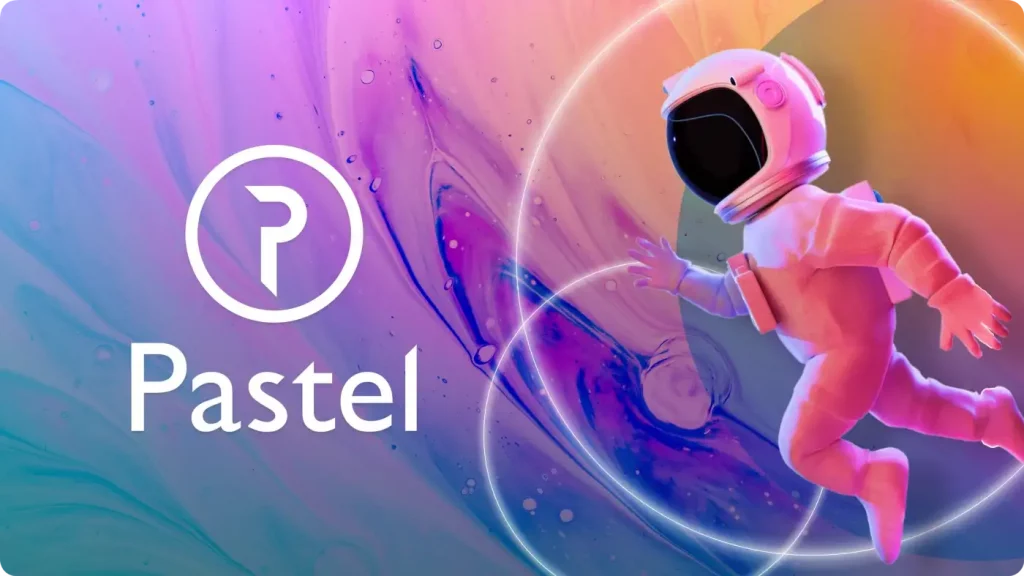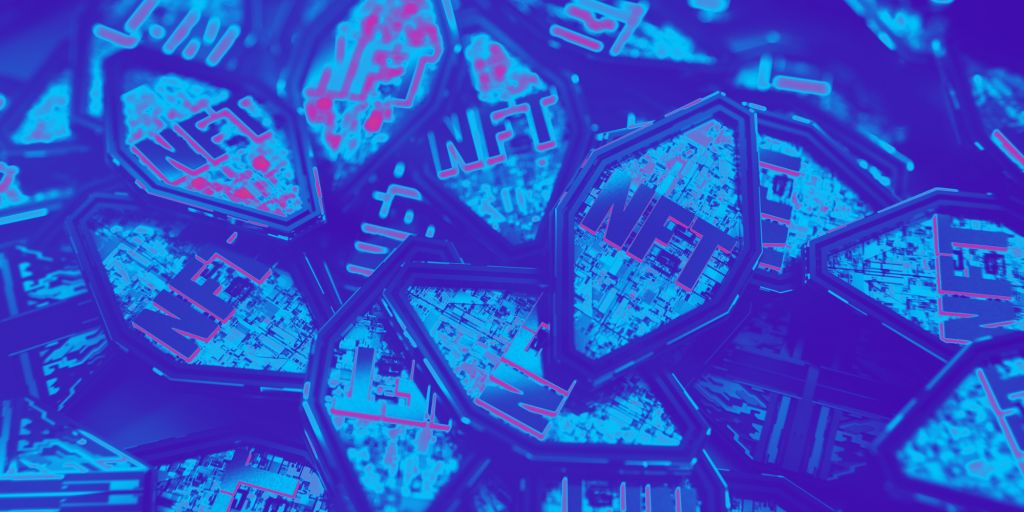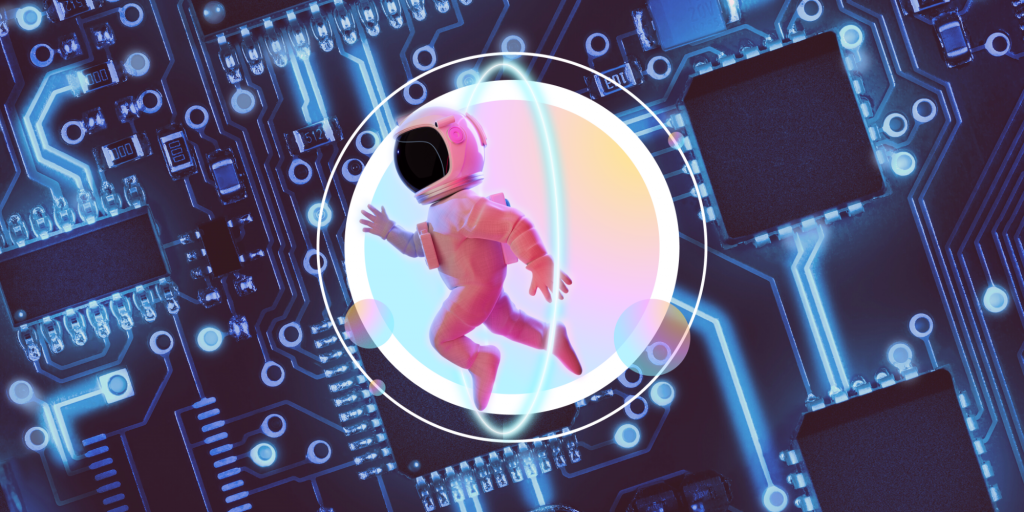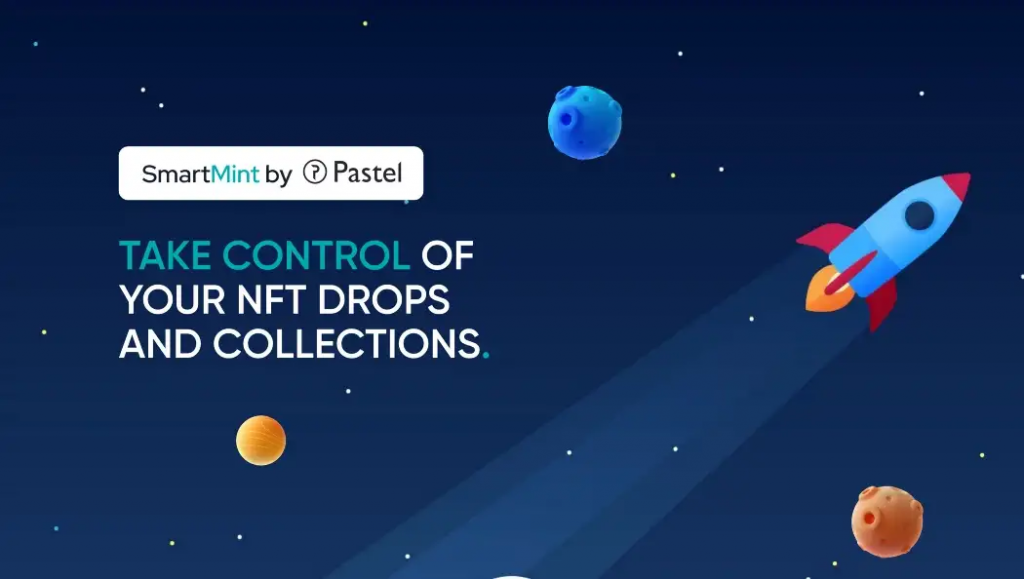Computer vision is a new field of science that uses Artificial Intelligence (AI) to teach computers how to interpret visual data.
It’s currently used at the forefront of the autonomous vehicles industry to detect and classify objects like road signs, create 3D maps– and, recently, its technology is being explored to verify NFT authenticity.
The NFT market is worth $4.36 billion but has been criticized throughout 2022 due to faults in the minting process and scams. Since July 2021, over $137.6m of crypto assets have been stolen due to rug pulls and other crypto scams, with most investors losing everything in the process.
Computer vision could help tackle these problems by proving the authenticity of an NFT before a purchase. By proving authenticity, buyers can be confident in their purchases, and NFT scams will be harder to pull off.
This article will cover what computer vision is, common NFT authenticity issues and scams, and how computer vision can be used to solve them.
What Is Computer Vision?
Computer vision is the process of creating a digital system that processes visual data in a similar way to people. The idea behind computer vision is to help computers understand images at a pixel level, picking up visual data that can’t be picked up by the human eye.
The technology is commonly used for:
- Object classification: When a computer classifies an object in a video or photo and assigns it to a category. For example, the system can help categorize images with a bird, a specific color, or with people in it.Â
- Object identification: When a computer looks through an image or video to identify a particular object. For example, a specific type of rock, the back of a vehicle, or a specific animal.Â
- Object tracking: when a computer looks through a video to search for certain criteria, which will then have its movement tracked.Â
Computer vision is currently used in several industries including healthcare, automotive, agriculture, and retail, where it’s used to improve the efficiency of different systems.Â
Common NFT Authenticity Issues
Double Minting
A current issue within the NFT space is double minting. This is when a seller will double-mint their NFT collection.
Phishing
Phishing usually involves a fake ad, email, or pop-up from a website promising a high ROI NFT. To claim this NFT, users will be asked for their private wallet details. Once the scammers have this information, they can steal all NFTs and cryptocurrency in the wallet.
Airdrop
Airdrop scams are extremely common on social media. They usually advertise a free NFT for sharing a post with friends or signing up for an email list. When a user goes to claim their prize, they’re asked for cryptocurrency wallet information for the NFT, which hackers use to gain access to the account.
Project Impersonations
NFT Iinvestors are sometimes taken advantage of by project impersonators due to the complexity of the industry’s fairly disparate moving parts.
This is when an individual claims to be selling NFTs from a popular project, usually with an incentive such as a discount. They create a similar-looking website to make the project look legit and then sell a fake NFT to buyers.
Unfortunately, even the most experienced crypto investors fall for project impersonations, such as Pranksy, who paid more than $336,000 for a fake Banksy NFT.
How Can Computer Vision Solve NFT Authenticity?
It’s important to note that the result of applying computer vision technology to NFTs is largely speculation. The technology is still in its infancy and we don’t know exactly how it would work, but with that in mind, here’s how computer vision could work if applied to NFTs.
Firstly, computer vision could solve authenticity by embedding verification codes into an NFTs image.
This code would be so small it could only be picked up by software and so wouldn’t impact the image itself. Each time an NFT was sold, its authenticity could be verified by scanning it with computer vision software.
The code would prevent scammers from replicating an NFT as they wouldn’t be able to replicate the code, making it safer for investors to buy NFTs.
As well as authenticating NFTs on an individual level, NFTs could also be authenticated on a project basis. This would work with computer vision object classification, where an NFT would be classified by a certain project.Â
The process would work much like the individual codes, however, would show that an NFT is actually part of a project. Therefore, if a scam project was created users could quickly verify if it’s legit.Â
This technology is already being used by the likes of Google Cloud and Mobile Vision APIs, which help developers process images through machine learning models. Through an Optical Character Recognition (OCR) functionality, users can detect text in images that aren’t visible to the human eye.Â
It’s also being used by Amazon Rekognition, a video analysis service designed to simplify the analysis process. It’s used to identify text, people, activities, and objects in an image. It’s currently used to detect inappropriate content; however, its technology could be applied to authenticate NFTs.Â
Development platforms such as Althea AI and Fetch.ai are currently testing different ways computer vision can impact NFTs through smart computer vision. They’re looking for ways to incorporate language and speech into NFTs to create a dialog with owners.Â
If successful, it could be used to authenticate an NFT through unique language exchanges or specific answers to questions that only a real NFT can provide.
Final Thoughts: Could Computer Vision Be The Future of NFTs?
Although computer vision is yet to be applied to NFTs, it has plenty of potential to help overcome many of the scams currently occurring in the market, making it friendlier for new investors.Â
As both NFTs and computer vision continues to innovate, it’s likely they’ll have additional applications for NFTs and Web 3.Â
Although few claims are definitive, computer vision is an exciting concept that could play a significant role in adding legitimacy and structure to a rapidly evolving market of digital art.





